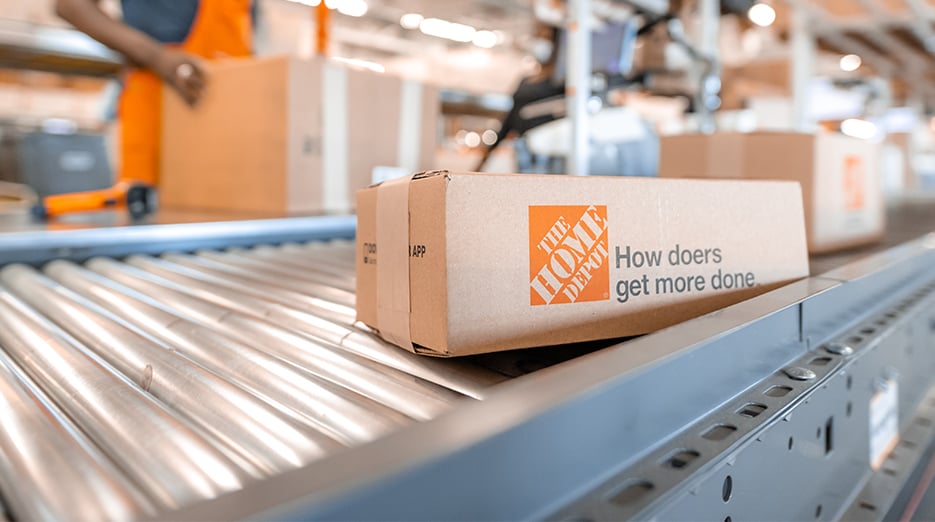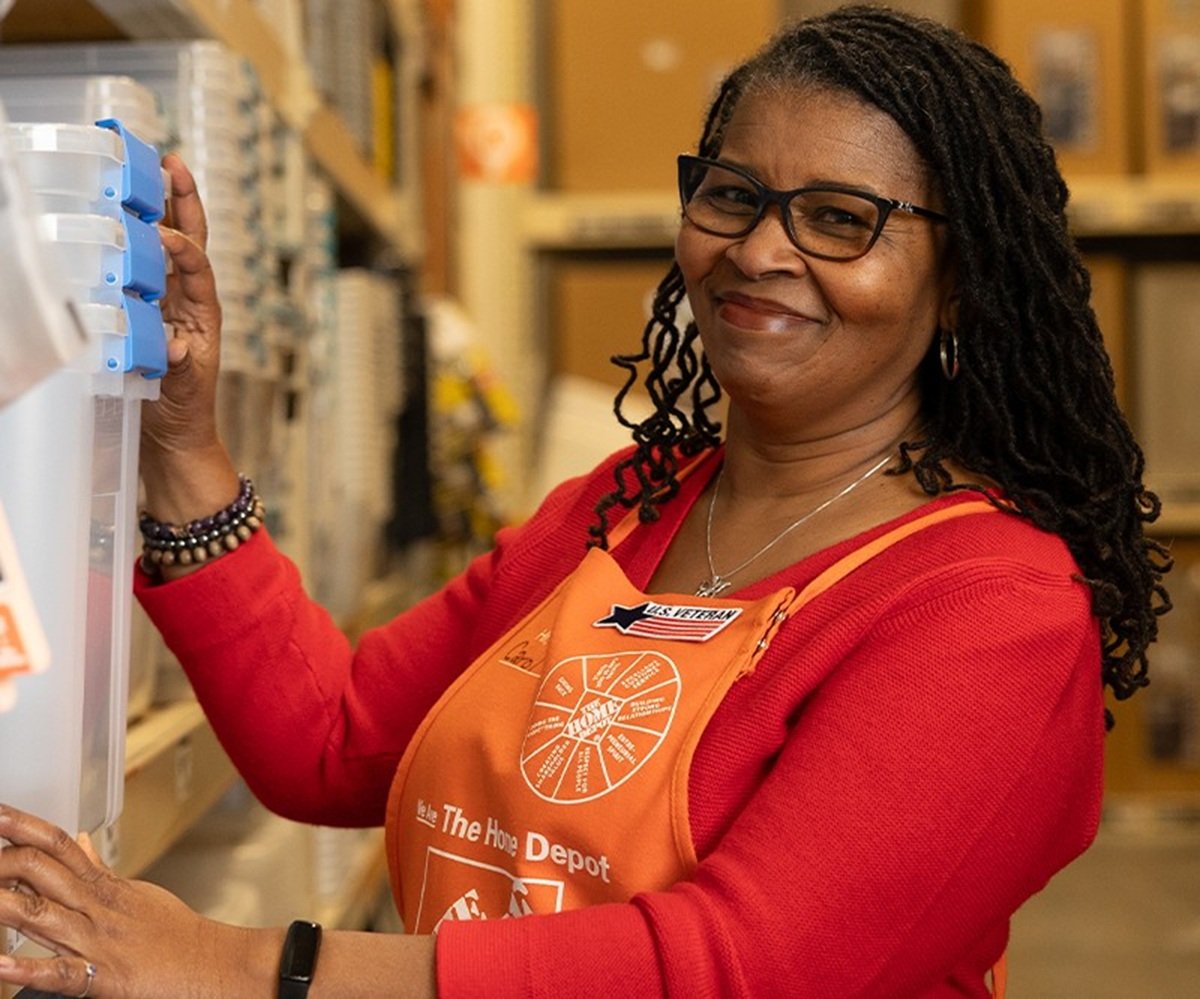When it comes to your portfolio, you might not want to follow the advice of the old infomercial to "set it and forget it," but you also don't want to be checking in on your stock's performance obsessively. Following the daily up and down movements of a stock leads to trading in and out of a position -- and that usually leads to losing money.

Image source: Getty Images.
A better strategy might just be to fill your portfolio with companies whose businesses have healthy, long-term growth prospects that allow you to put them mostly on autopilot, knowing they'll largely treat you right over the long haul.
If investing in businesses and not blips on a chart makes sense to you, then take a look at Boeing (BA 0.79%), Home Depot (HD 1.09%), and Walgreens Boots Alliance (WBA +0.00%), as they should treat you right over the years.
A good offense is having a great defense
Aerospace and defense contractor Boeing came in for some pointed criticism recently from President-elect Donald Trump over the cost of two 747-8s that will serve as Air Force One. Saying he wanted Boeing to make money -- just "not that much money" -- Trump threatened to cancel the order. While that was likely more an idle threat, since canceling a contract for a plane that has no ready replacement isn't practical, Boeing wisely said it was willing to work with the president-elect on costs.
Military aircraft comprise around 14% of Boeing's total revenues, and it's possible it could become a larger percentage if the administration follows through on its promise to rebuild the military, albeit with tighter cost controls in place.

Image source: Boeing.
Boeing's real moneymaker, of course, is commercial aircraft, which represents more than two-thirds of its revenues, and 2017 is looking as though it could be a record year for deliveries. Although it hit its target for deliveries last year, it came up a little short on orders, which some analysts think may portend an industry slowdown.
But Boeing is seeing 737 production rise this year, growing from 42 planes a month to 47, its highest production level ever. It has a total backlog of over 5,700 commercial jets, more than three-quarters of which are 737s. Though Boeing may see 777 production decline, it should be able to soldier on through any period of sluggishness with these workhorse planes to maintain altitude.
Building on success
There are a few reasons why do-it-yourself home center Home Depot is beating rival Lowe's (LOW +0.26%). It's geared more toward the professional contractor than its blue-apron competitor, so when homebuilding and construction improves, as it has, Home Depot performs better.
Equally important is that it's not as dependent upon big-ticket purchases as Lowe's. Where items like appliances account for 11% of Lowe's revenues, they amount to just 7% at Home Depot. Instead, it derives most of its sales from numerous small-item purchases: indoor garden represents 9% of total revenues (it's largest category) followed by paint, at 8%. That's a more sustainable model for the long term.

Image source: Home Depot.
Even though the two big-box stores have fairly similar store counts, Home Depot makes more sales per store than does Lowe's, generates more than twice the operating profit, and three times the net profit. While it also has considerably more long-term debt -- $22 billion vs. $14 billion -- its operations indicate it's more than able to service it without issue.
Home Depot has had some ups and downs, but the long-running trend has been ever-higher valuations. With analysts expecting it to grow earnings at 13% annually over the next five years, there's no reason to think it won't keep the momentum going.
Health and wellness pays
With approval of its acquisition of rival Rite-Aid imminent, Walgreens Boots Alliance should continue to perform better than rival CVS Health (CVS 1.67%), which has experienced difficulties in gaining traction and saw its stock lose 10% of its value over the past year. Walgreens didn't set any records itself, but its shares gained 4% during the same period.

Image source: Getty Images.
Its fiscal first-quarter results saw domestic retail pharmacy sales rise 1.4%, with comparable sales up 1.1%. Pharmacy sales account for 69% of the division's total, and they rose 2.5% from last year as it filled 3.4% more prescriptions than it did a year ago. Its market share in the period for retail prescriptions rose 40 basis points, to 19.5%.
Walgreens is expecting profits to jump in the back half of 2017 because it negotiated new deals last year to manage pharmacy benefits on behalf of major insurers and the U.S. government. Higher Medicare Part D volume was partially responsible for its better performance in the first quarter, but it recently signed a deal with the Defense Dept.'s Tricare plans that exclude CVS pharmacies, which will help it maintain its position as the biggest drugstore chain in the country.
Find more important things to do
These three stocks are great examples of businesses that can be owned without needing to be "helicopter investors," or people who constantly hover over their portfolios. Sure, read through a company's quarterly reports to make sure the long-term investment thesis remains intact, but then use the rest of your time to find other, more meaningful pursuits.









